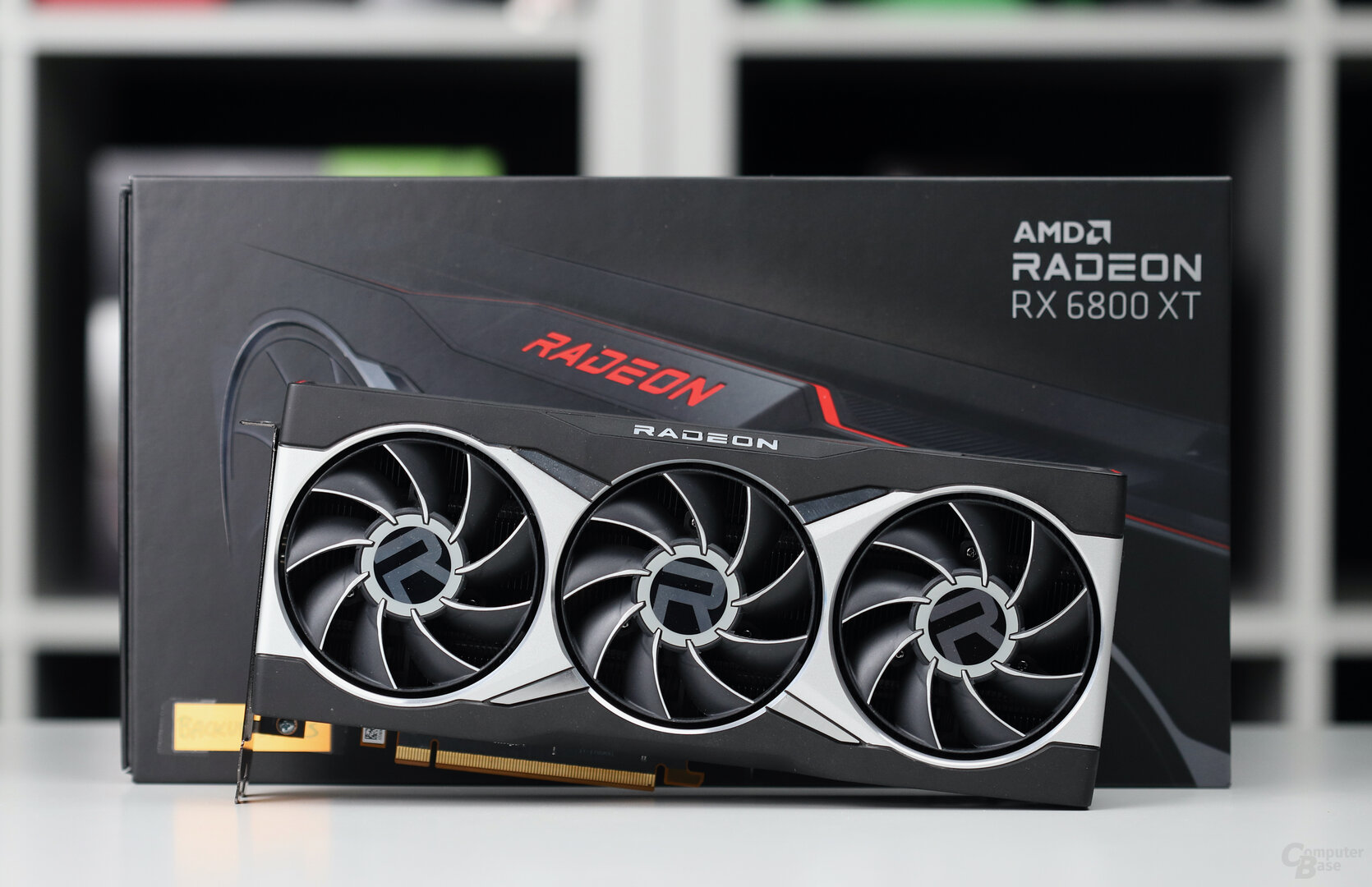

It put in a decent performance across the board here, easily hitting a smooth average of 68fps in Shadow Of The Tomb Raider on Highest with its basic SMAA anti-aliasing setting enabled, while Assassin's Creed Valhalla came in with an impressive 59fps average on High. Let's start with the RX 6800's 4K benchmarks. PSU: CoolerMaster MasterWatt 750 TUF Gaming Edition AMD Radeon RX 6800 benchmarks The RPS Test PC:

The RX 6800 comes with two DisplayPort 1.4 outputs, one HDMI 2.1 output and one USB-C port. Ultimately, it all comes down to what you want to use it for.
#Amd radeon 6800 1080p
The same goes for its 1080p performance, too - although I should note there's no need to spend this kind of money on a 1080p graphics card, as there will be plenty of cheaper cards coming later this year that are much better suited to that resolution. Meanwhile at 1440p, the RX 6800 establishes a clearer lead over the RTX 3070, capable of delivering flawless 60fps+ speeds on max settings, but it's still a very closely fought race here and one the RTX 3070 eventually wins once you throw ray tracing into the mix. As you'll soon see from my benchmark results below, the RX 6800 is more or less on an equal footing with the RTX 3070 when it comes to 4K gaming, producing 60fps speeds on either Medium or High settings, but ray tracing at this resolution is out of the question until AMD's FidelityFX Super Resolution gets on the scene. Right now, though, those additional spec bumps you get with the RX 6800 struggle to make themselves felt. We've already seen the memory requirements of some 2020 games such as Watch Dogs Legion butt up against the 8GB you'll find on the RTX 3070, for example, and it means the RX 6800 will be better equipped to deal with the demands of even more memory-intensive games down the line - particularly when it comes to ray tracing. The RX 6800 (top) is exactly the same size as the RX 6800 XT (below), just a bit thinner. Instead, the main advantages you get with the RX 6800 are: more VRAM (16GB of GDDR6 versus the RTX 3070's 8GB of GDDR6), faster VRAM (clocked at 16 Gbps as opposed to Nvidia's 14 Gbps), and a higher boost clock speed (2105MHz on AMD's reference model, up from 1730MHz on Nvidia's RTX 3070 Founders Edition). A couple of RTX 3070 models still require three 8-pin power connectors, while Nvidia's Founders Edition uses their special 12-pin adapter, but the vast majority only need the usual pair of 8-pin connectors, just like the RX 6800.įrom a practical point of view, then, the RX 6800 isn't too different from its Nvidia rival. That's what the Nvidia Founders Edition of the RTX 3070 cost, admittedly (third party cards were more expensive at launch, sitting around a similar £530 mark in the UK), but both cards are fundamentally very similar.īoth require at least a 650W power supply most variants are similar in size, taking up just two PCIe slots (and aren't so long that they'll cause problems fitting inside your case) and almost all of them use the same 2x 8-pin power connectors for easy installation. Whereas the RX 6800 XT was cheaper than the RTX 3080, the vanilla RX 6800 is - in theory, at least - actually a tad more expensive than the RTX 3070, coming in at £529 / $579 versus Nvidia's starting price of £469 / $499. I will, of course, be retesting both the RX 6800 and RX 6800 XT once their FidelityFX Super Resolution tech comes out to see how it compares with DLSS, but at time of writing, the RTX 3070 still very much has the upper hand.

Of course, it's a rather moot point at the moment given you can't actually buy either the RX 6800 or the RTX 3070, so here's hoping AMD manage to get it out the door by the time the current GPU stock shortage situation dies down a little. That's because AMD are still working on their answer to Nvidia's upscaling DLSS tech, the catchily-named "FidelityFX Super Resolution", and there's no information on when it might be available. While its raw performance is more or less identical to the RTX 3070 in my benchmarking tests, its ray tracing capabilities continue to be rather lacklustre. Right now, the short answer is not quite.


 0 kommentar(er)
0 kommentar(er)
